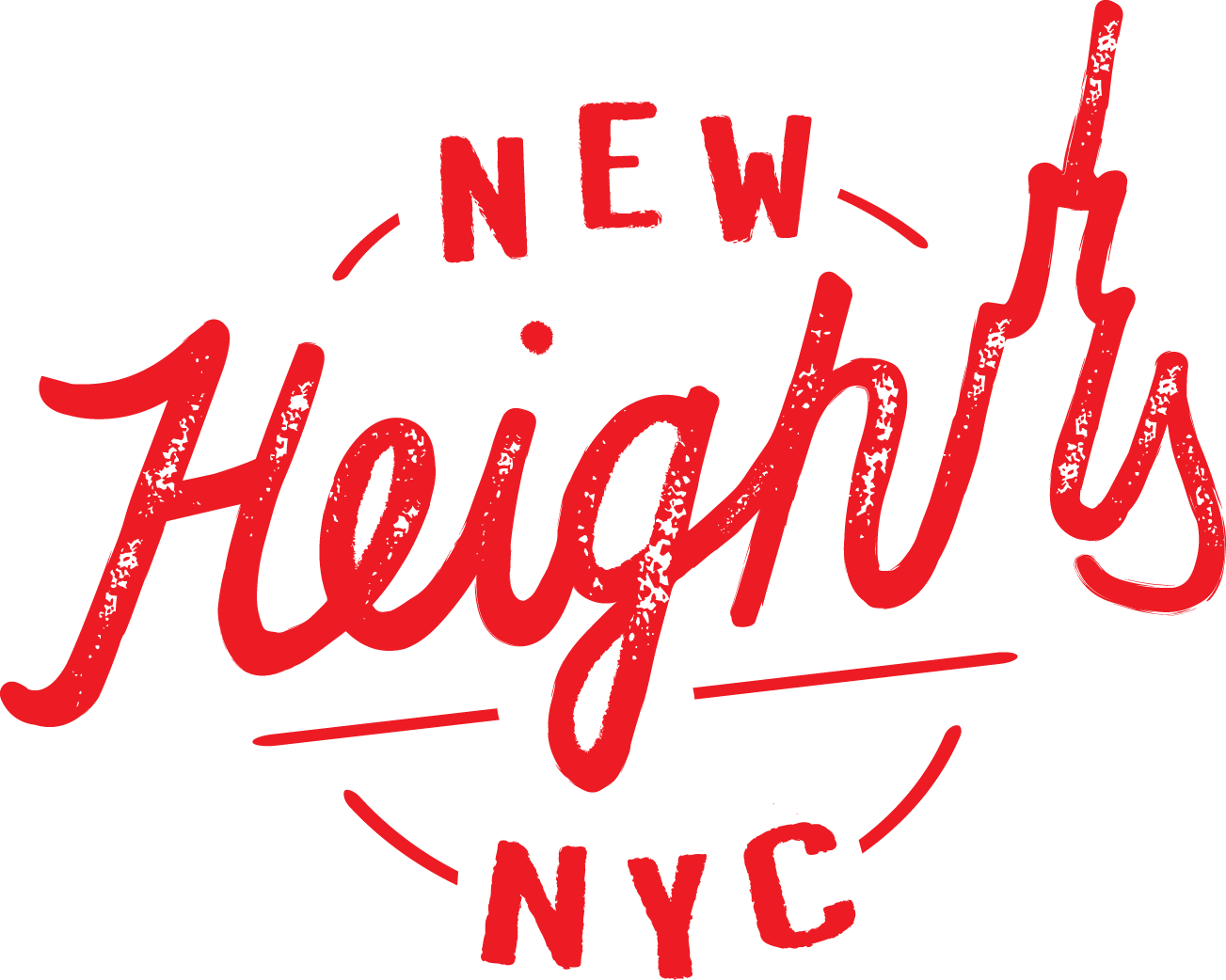Fast Company: Brooklyn is the gentrification capital of America. This $256 million experiment tries to change that
View the full story here.
By Nate Berg
Filling nearly a full city block in the lower-income Crown Heights neighborhood of Brooklyn, a gigantic barrel-vaulted building sits as a vestige of a distant past. The 67,000-square-foot building—about a professional soccer field worth of space—was home to a troop of horse riders for the New York State Cavalry when it was built in the late 1800s. Today, after years of vacancy and a takeover by the city of New York, a large-scale renovation has turned that historic space into a massive community-focused recreation center, with health services, offices for local nonprofits, and mixed-income housing.
The historic Bedford-Union Armory is now the Major Owens Health and Wellness Community Center. The former horse training shed with its high arched roof is now a bright, massive recreation space with three basketball courts, one soccer field, and a six-lane swimming pool. The former administrative building of the cavalry commander now houses heavily discounted offices and studios for community organizations. The project also includes a performing arts space with seating for 500 people, and a 25,000-square-foot federally qualified health center providing ambulatory, dental, psychiatric, maternal, and orthopedic care. More than 400 new apartments line the edge of the site. Built with some state and local grants and tax credits, the entire project cost about $256 million.
Designed by Marvel, the restored horse training structure and its former cavalry offices will now be home to a collection of nonprofits, with rents held at affordable rates for 99 years in order to provide small community-focused organizations some much needed stability.
“Throughout the city, for nonprofit organizations, no matter how good of a service they provide, they’re only able to provide for a short period of time because the cost of real estate just keeps going up and up and up, and eventually they’re priced out,” says Donald Capoccia, managing principal of BFC Partners, which developed the project. “The goal here was to give a number of nonprofits a permanent home.”
One of the nonprofits moving into the facility is New Heights, a basketball-based after-school academic program for children in fourth through twelfth grade. Before moving into the new community center, which has its ribbon cutting this week, New Heights had been nomadic for the past decade, according to executive director Ted Smith. “We used 12 to 15 sites throughout New York City,” he says. “Every year was a scramble for us to find gyms and classroom spaces in schools, churches, community centers. It’s been really challenging for us.” Moving into a long-term facility, he says, “creates consistency, it strengthens the organization, and it allows us to spend more time directly serving our kids and families.”
In exchange for creating these community assets, the developer was granted the right to build 415 units of rental housing, 260 of which are set at affordable rents with about 30 set aside for formerly homeless residents.
The city took ownership of the property in 2013 and its economic development corporation selected BFC Partners to redevelop it in 2015. The project was originally proposed to include 65 market-rate condos for sale, but that quickly hit a wall with the community. “They did not want this kind of housing built in their neighborhood. For pretty valid reasons,” Capoccia says. “They had a lot of concerns about gentrification in Crown Heights. They still do today.”
That led to a more community-focused project, with more than half of its housing units priced affordably and a community benefits agreement that offers deeply discounted access to the center’s recreational classes and fitness facilities. The community center will operate at no profit; rents and fees from the offices and sports facilities will cover the estimated $2.5 million in annual operating costs. (The developer will see a return on investment from the site’s market-rate housing.)
Capoccia says there are three other similar and underutilized armory buildings in other parts of the city. This project, which he calls the city’s first health and wellness community, could be a model for creating community assets while also developing housing that can provide a return.
“This very distressed community does not have any nonacademic space for children to play,” says Capoccia. “We definitely wanted to accomplish something and help the community, but we’re also making money.”
